
Liver transplant is a life-saving procedure that can help people with end-stage liver disease. After the surgery, patients are required to make several lifestyle changes to ensure their body adapts well to the new organ. Exercise is an essential part of post-transplant recovery as it helps improve physical fitness and overall health. However, many patients may be hesitant to start exercising due to fear of injury or complications. In this blog post, we will discuss tips and guidelines for exercise after liver transplant.
After getting clearance from your doctor, you can start with low-impact exercises such as walking, cycling, and swimming. These activities are gentle on the joints and do not put too much strain on the body. As you progress, you can add strength training exercises using resistance bands, dumbbells, or weight machines. Strength training helps build muscle mass, which can help improve overall physical function.
It is essential to listen to your body and not push yourself beyond your limits. Start with short sessions of 10-15 minutes and gradually increase the duration as your body adapts. It is also important to warm up before exercising and cool down after each session.





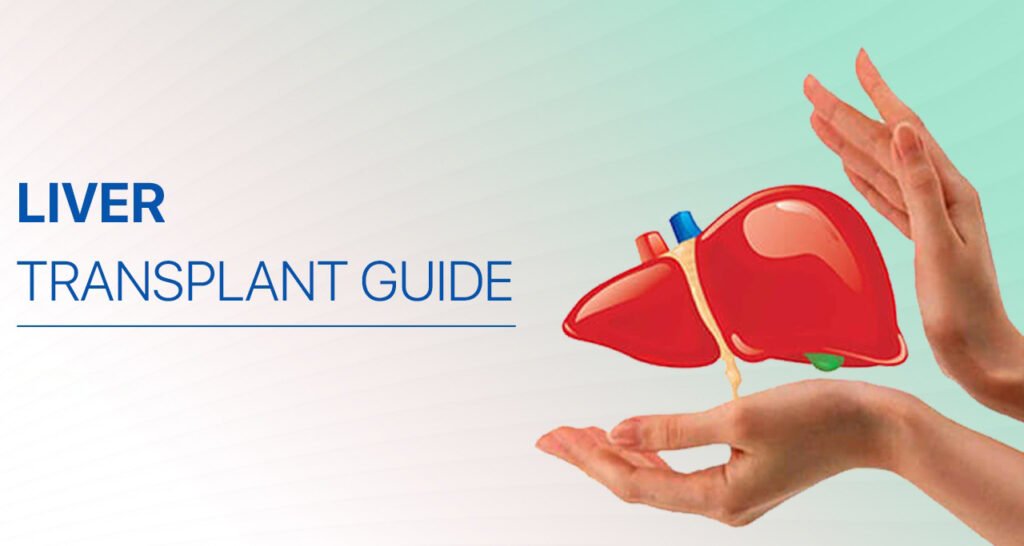
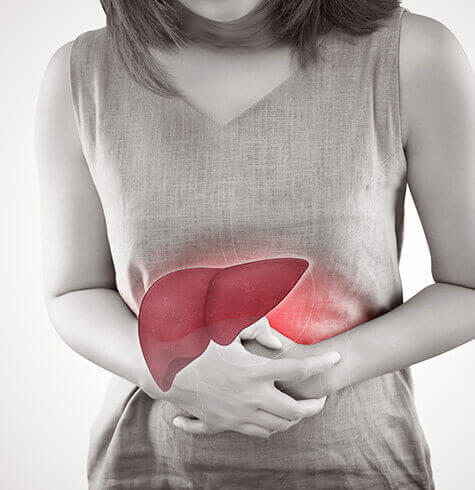
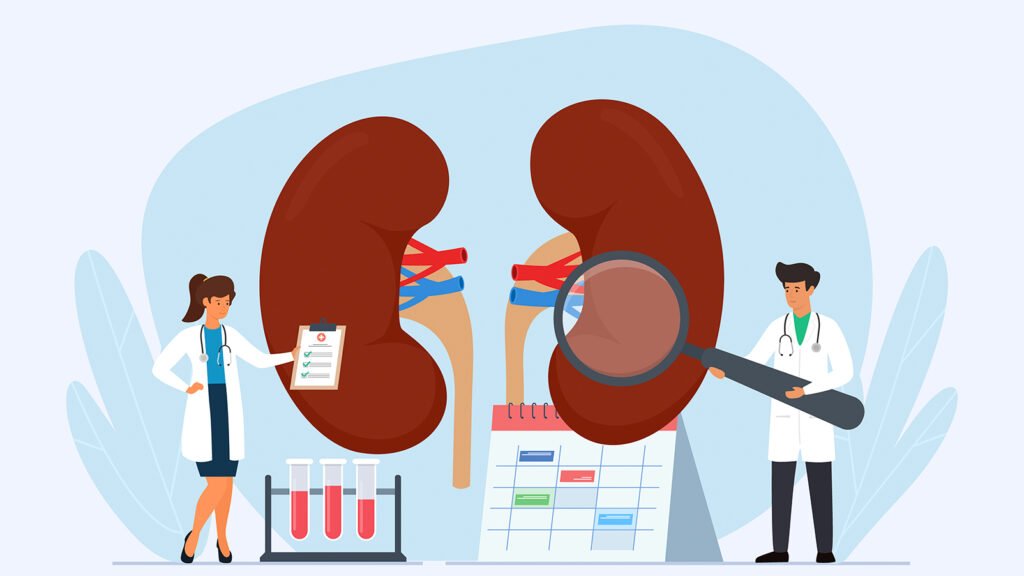


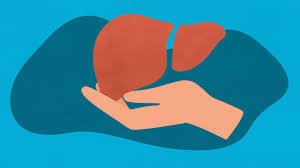
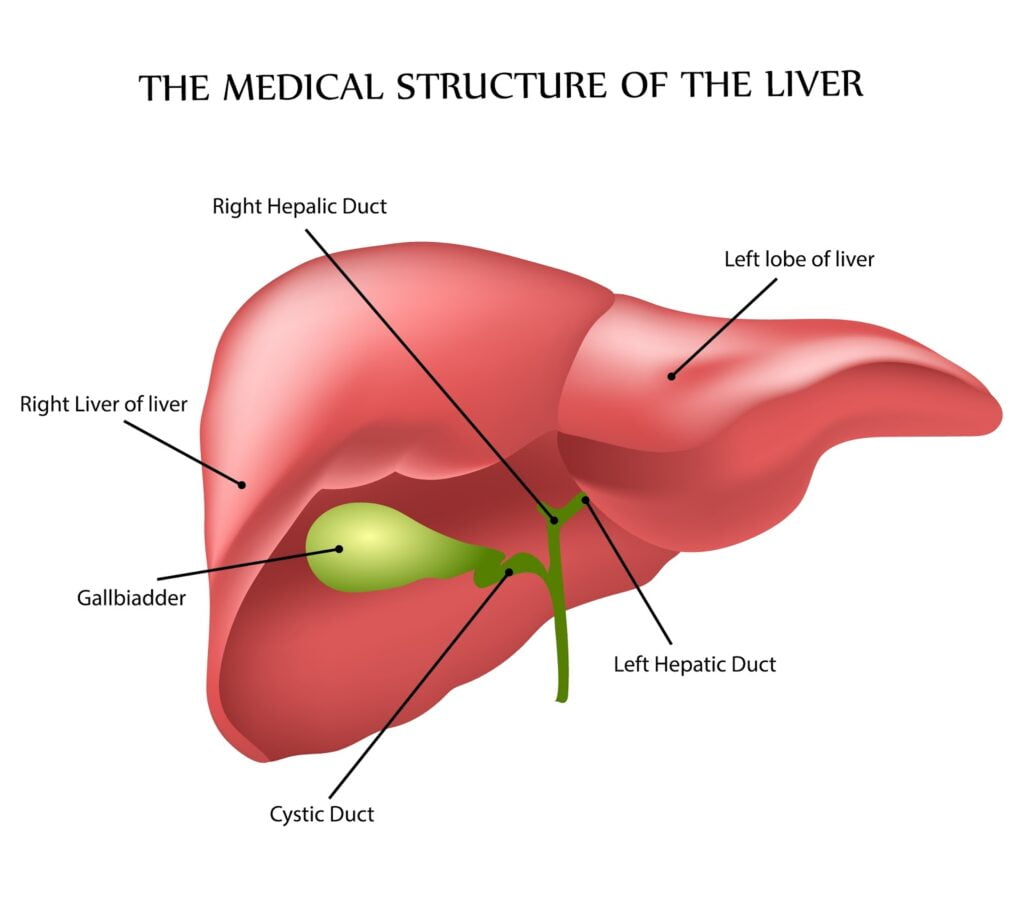
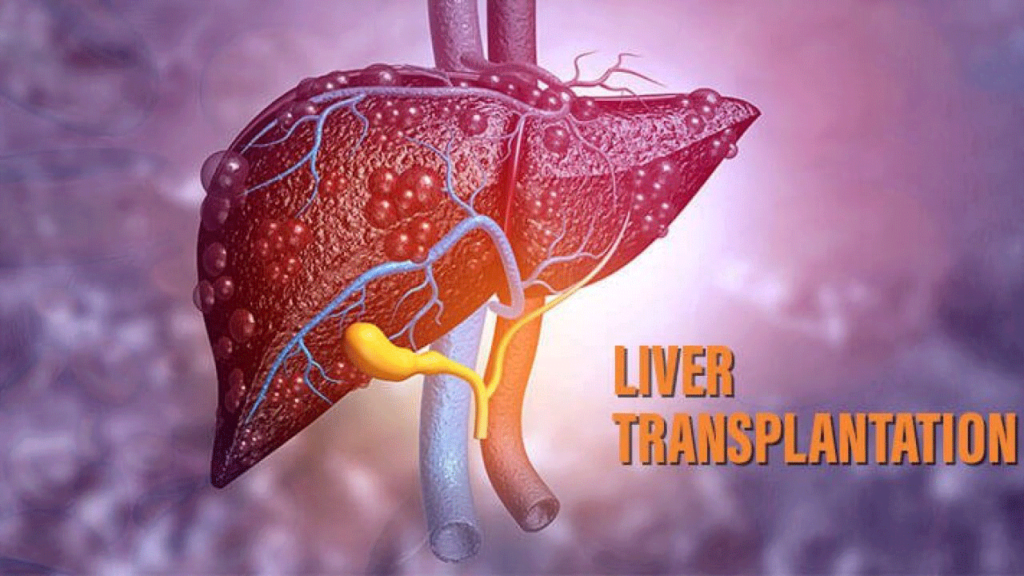


Indian Health Adviser (IHA) is a healthcare facilitator seeking to make health and wellness easier for people of international residents, their families, and their friends.
Designed by Acmeinfolabs